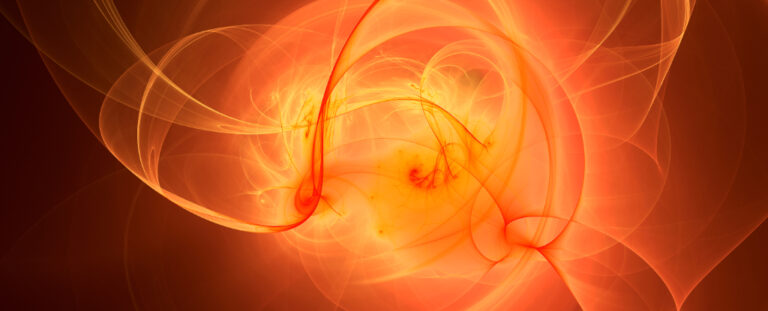Unexplained Antimatter Detection on the ISS Ignites Radical New Theories
Unofficial reports of ten antihelium nuclei colliding with the International Space Station have prompted theoretical physicists to explore explanations beyond current models.
Though a small number of cosmic particles might seem insignificant, the peculiar nature of the antihelium shower has led researchers to treat the event with the same gravity as a rainstorm in a desert.
A few days ago in a published paper that bringing us into the present, the scientists from the Perimeter Institute for Theoretical Physics in Canada and Johns Hopkins University in the US encourage to consider theories beyond the Standard Model and even propose a role of dark matter.
There has been the AMS-02 instrument located on the International Space Station since 2011, which has been accumulating more than 200 billion cosmic-ray events.
While most of these events involve ordinary particles traveling across space at high speeds, unpublished reports indicate that ten of these particles were extraordinary, consisting of pairs of antiprotons bound to one or two antineutrons.
With the exception of the photon no particle of “normal” matter could exist without its corresponding antiparticle, whether it is an electron, a neutrino or a quark.
It is expected that equal amount of antimatter particles such as positrons, antineutrinos, and anti-quarks were created during the big bang as their mater counterparts and within minutes annihilated each other to give gamma rays.
This means that expanding sea of electromagnetic radiation is not the whole Universe, and there is something that we do not grasp about the original balance between matter and antimatter.
While engineers on earth are building particle colliders that can generate a little amount of antimatter, the cosmic events are still synthesizing the antiprotons and antineutrons and some of them do travel through space to interact with detectors on earth.
The recent AMS-02 detections are said to include antiprotons and antineutrons configuring into scarce antihelium nuclei– an occurrence that to need the antiparticles to be moving slowly and be packed tightly to stick well.
Surprisingly, for each of the antihelium-4 nucleus containing two antineutrons, there were two of the antihelium-3 nuclei with one antineutron. This, by current physics combines to provide a detected ratio of the two isotopes of one to 10,000.
The origin of these two categories of antimatter isotopes and how they got to earth means that their start status was characterized by very slow moving subatomic particles before they were ejected.
As to the cases described above, their explanation might be that they are associated with fluctuations of yet undiscovered subatomic particle, or even connected with that of dark matter. However, if such a particle exists numerous issues can arise concerning its movement in the Universe with sub-light speed.
Scientists assume that an explosive plasma of previously identified particles a hot plasma of sufficient energy and having the correct proportion of antihelium nuclei, could have been created.
While such “fireballs” have not been registered, they may be produced by dark matter that has high content of antiquarks and participating in collision processes.
Another scenario with hypothetical ‘Dark Dwarfs’ which are believed to be clusters of Dark Photons, Dark Electrons and hypothetical Dark Neutrons. These could have interacted and produced antihelium nuclei and in the observed proportions.
Neither of them is perfectly formed, and all of them contain intricate interactions, which make many aspects of their functioning a matter of dispute. However, even dark matter as a concept is considered to be unproven and as of now poorly understood.
Still, such speculative constructs as these could be the way to further discoveries; It might one day explain why antimatter is quantified in a way no one expected and unveil the true nature of the universe.
Possibly, with six more years of observation AMS-02 might collect more material that can clear up this anomalous antihelium shower—or it can turn up new sources of antimatter that continue to confound our understanding from the dark.
This research was published in Physical Review D.
Do not forget to share your opinion with us to provide you with the best posts !




0 Comments